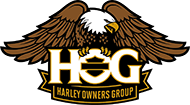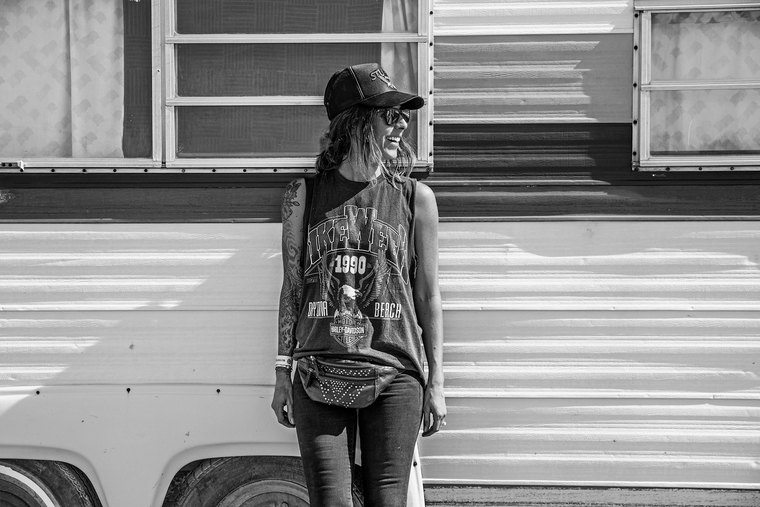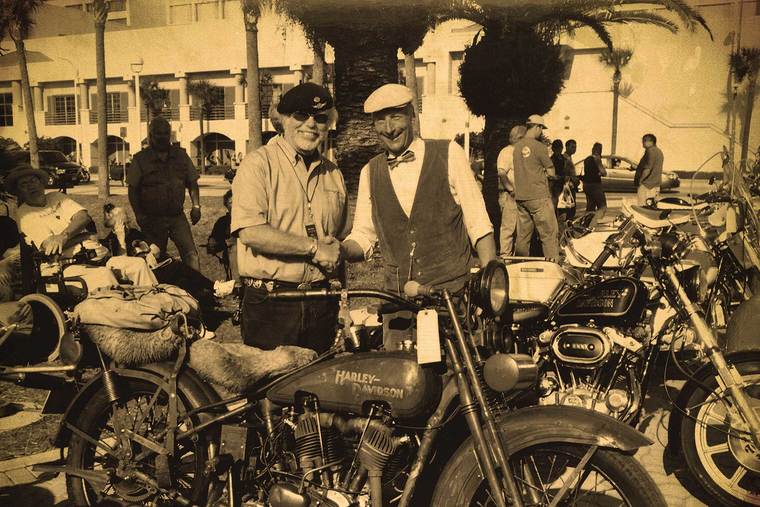Freedom Machine
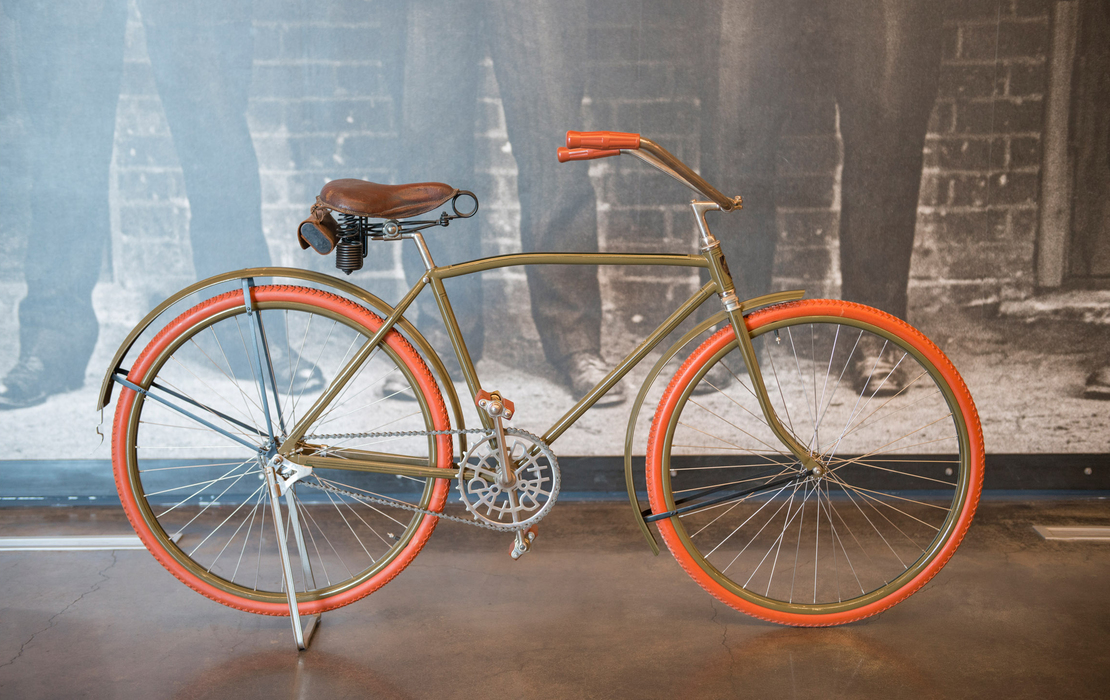
The Harley-Davidson Museum® recreates a short chapter in Motor Company history
Two wheels for freedom has been the Harley-Davidson® formula for 115 years, but those two wheels haven’t always come with an engine. For six years, beginning in 1917, riders could experience the exhilaration of two-wheeled motion by purchasing a new Harley-Davidson bicycle. Intended to introduce new riders to the brand, these bicycles were styled to look like the company’s motorcycles and offered the same exceptional quality – truly “a wheel you’ll be proud to ride”. Today, an original Harley-Davidson bicycle, easy to identify by the ‘H-D’ lettering cut into its front sprocket, is a rare and valuable collectible.
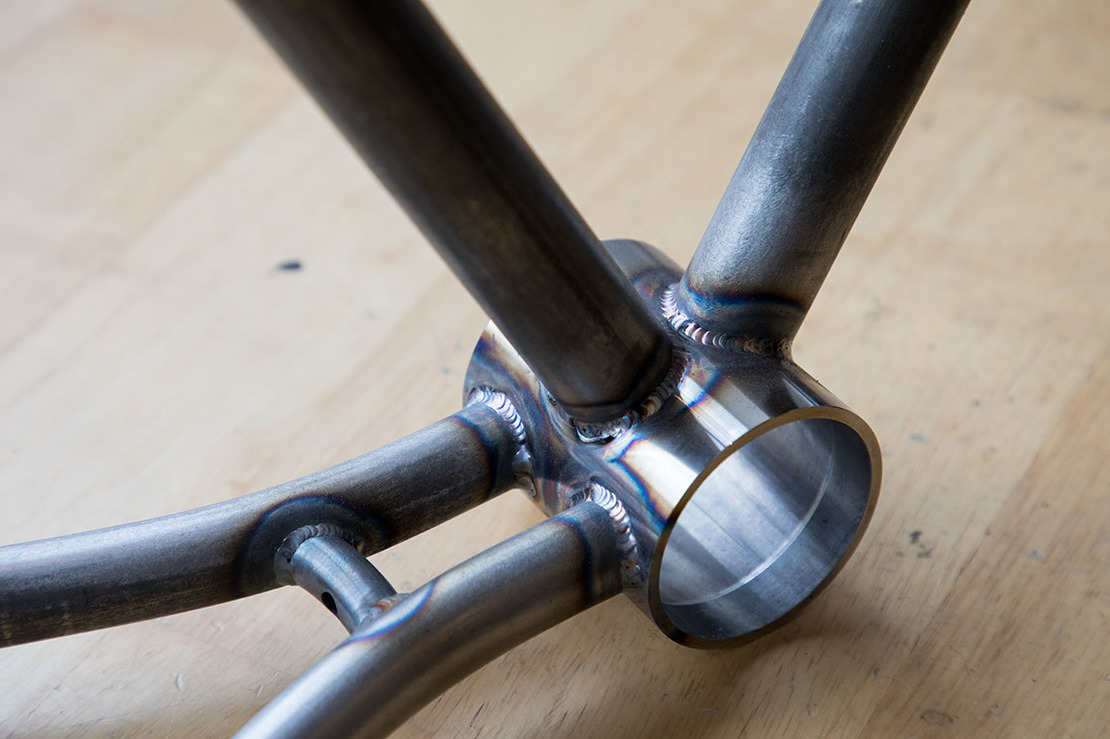
In the ramp-up to the Harley-Davidson 115th Anniversary Celebration in
“Harley asked us to replicate the original as closely as possible,” said Heritage owner Mike Salvatore. “This was quite a challenge because it took us out of our element. We were not going to just pull a frame out of the basement and paint it green. It was also a lot of fun to work with a client like the Museum that was so engaged in every detail of the project.”
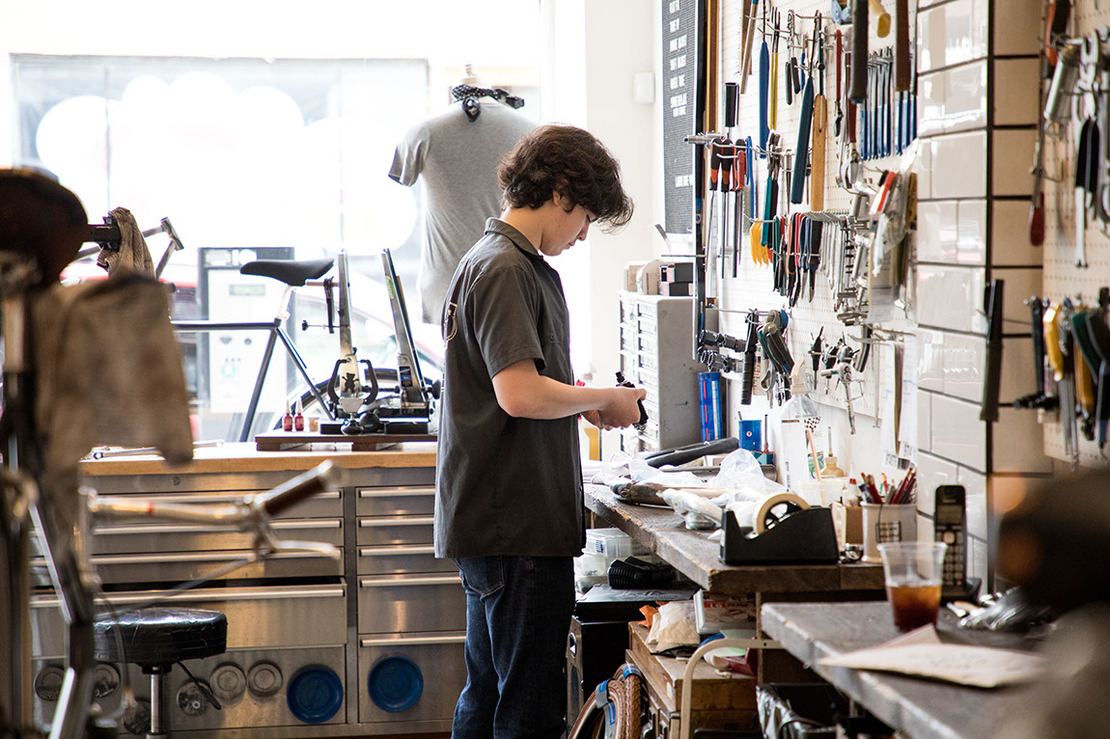
The original H-D bicycles were assembled in a building across the railway tracks from the
To create a close association with its motorcycles, Harley-Davidson gave each of the seven new bicycle models a base coat of the same olive green paint that was introduced for the motorcycles in 1917. The 7-17 Special model bicycle (original list price $35) also had a kinked top frame tube that was meant to give it a profile similar to the motorcycles. The steel crank sprocket incorporated the H-D letters into its spider, and was finished in brilliant chrome. In their day, Harley® bikes were a top-of-the-line ride.
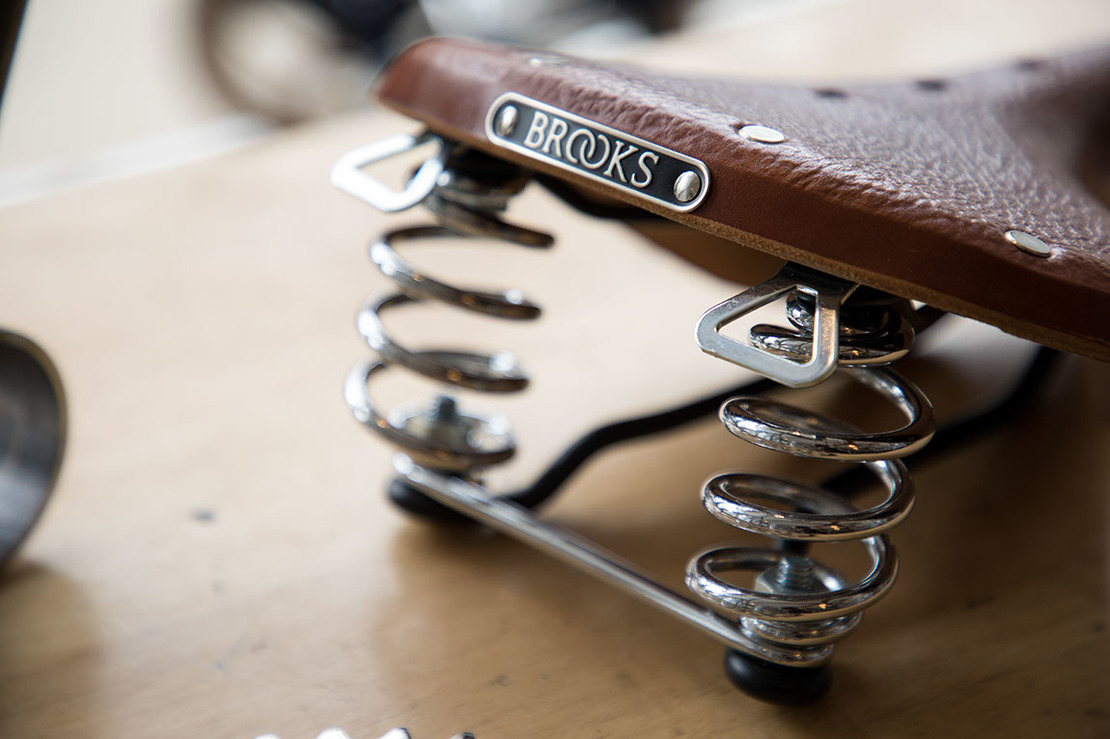
Heritage Bicycles began the process of recreating the 7-17 Special in the H-D Archives, taking precise measurements of the original frame, which has that quirky bend in the top tube, unusually curved chain and seat stays, and geometry that Joel Van Twisk, director of bike operations at Heritage, calls “rather odd”.
“The original bikes were designed for smaller-statured people, so the frame is compact and low,” said Van Twisk. “We wanted larger adults to be able to ride it comfortably, so we altered the geometry. I’d call it a 52cm frame in modern terms.”
Heritage had frame components formed with premium chromoly steel tubing and built a jig to assemble the frame parts for welding. After the frames were finished, Heritage began hunting for components it could use to assemble a bike that would look a lot like the original. Because of the short production run, actually recreating the steel fenders, for example, would be cost-prohibitive. Heritage located aluminium fenders that have a very similar profile. Instead of the original 28-inch wood rims, the new bikes roll on modern 700C-size rims shod with brown rubber tyres that are a close colour match to the original terracotta Firestone tyres. The stem and seat post are modern components. A Brooks B135 saddle, today only sold in
One detail that had to be perfect is the distinctive lettering in the front sprocket.

“We couldn’t disassemble the Museum’s original bike to use that sprocket as a pattern,” said Van Twisk, “so we created a Google Docs photo that the fabricator used to laser-CNC-cut the replica from polished stainless steel, which is more durable than the chrome-plated original. The original also used an obsolete tooth pitch and chain size, so that was changed to fit a modern chain.”
Van Twisk said the biggest challenge that Heritage faced was recreating the triple-plate fork crown.
“There’s nothing like it you can buy today, so we had to fabricate the crown plates from scratch using polished stainless steel,” said Van Twisk.
The distinctive Harley-Davidson head badge was a final detail that Heritage had to tackle. “We found one on eBay to use as a pattern and had exact replicas cast in brass, which were given an antique finish,” said Van Twisk.
Before final assembly, the bike frames were hand-pinstriped by Jeff Williams at King of Paint in
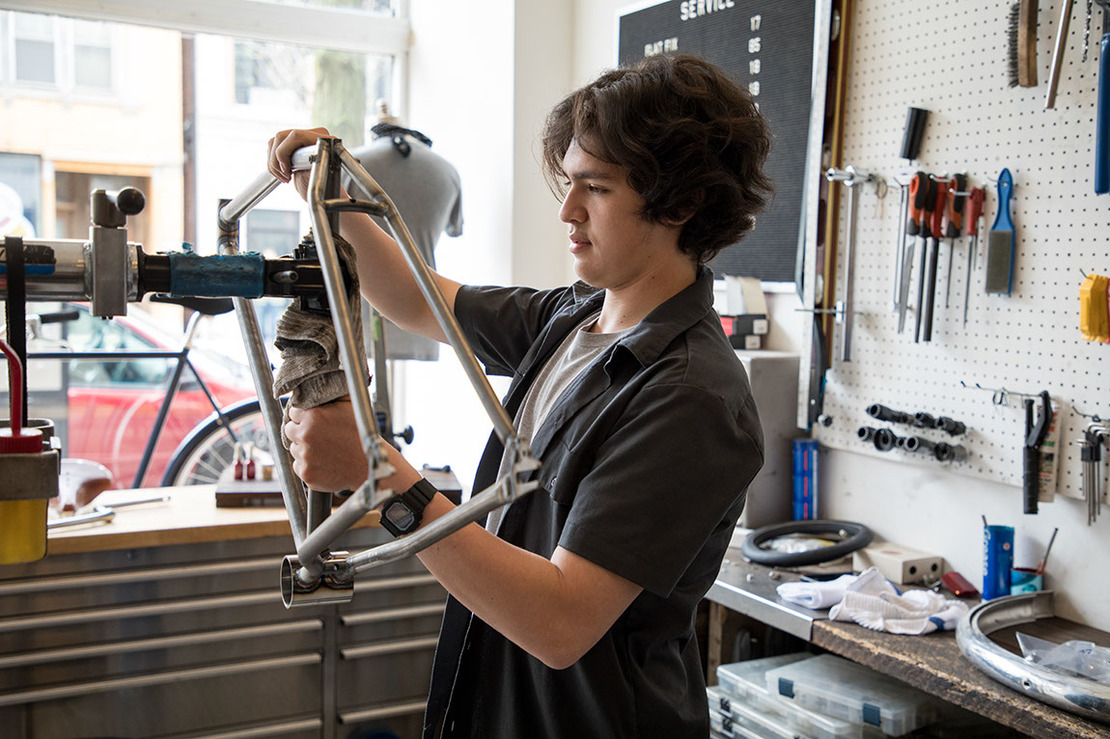
The original Harley bicycles were an initial sales success, with the company reporting that 5,079 had been sold in the first weeks of availability in 1917. But even in the peak sales year of 1920, bicycle sales were only four per cent of total domestic business for Harley-Davidson; during the post-war recession of 1920-21, the company stopped bicycle production and an interesting chapter in Motor Company history was closed.
“For us the story is not all about the bike, but also about being able to participate in commemorating a period in the history of Harley-Davidson and of bicycling,” said Salvatore. “I really hope these tribute bikes don’t just get hung on a wall display. We built a bike an owner can ride and enjoy.”
Text: Charles Plueddeman
Fotos: Josh Kurpius and Brad Chaney
